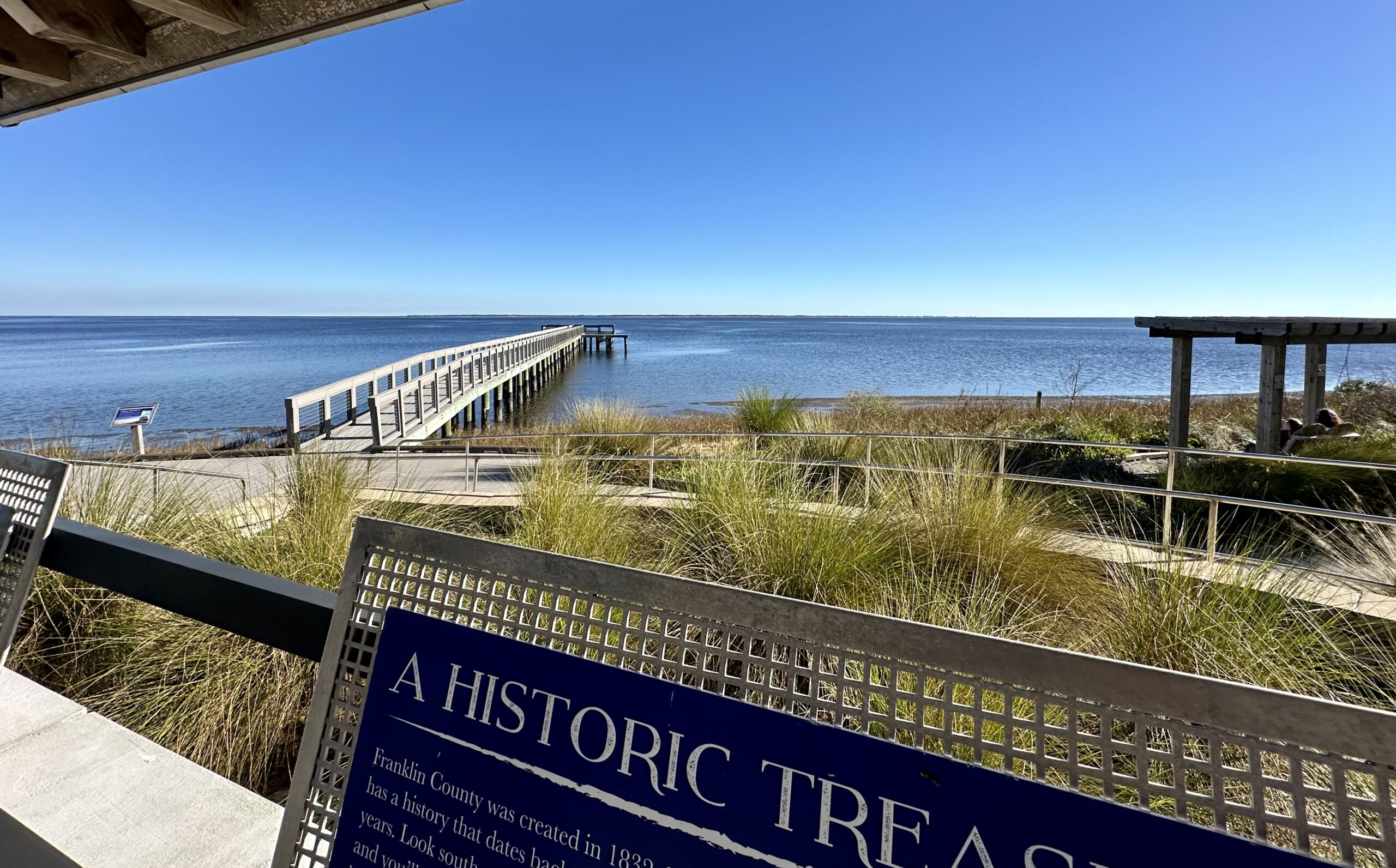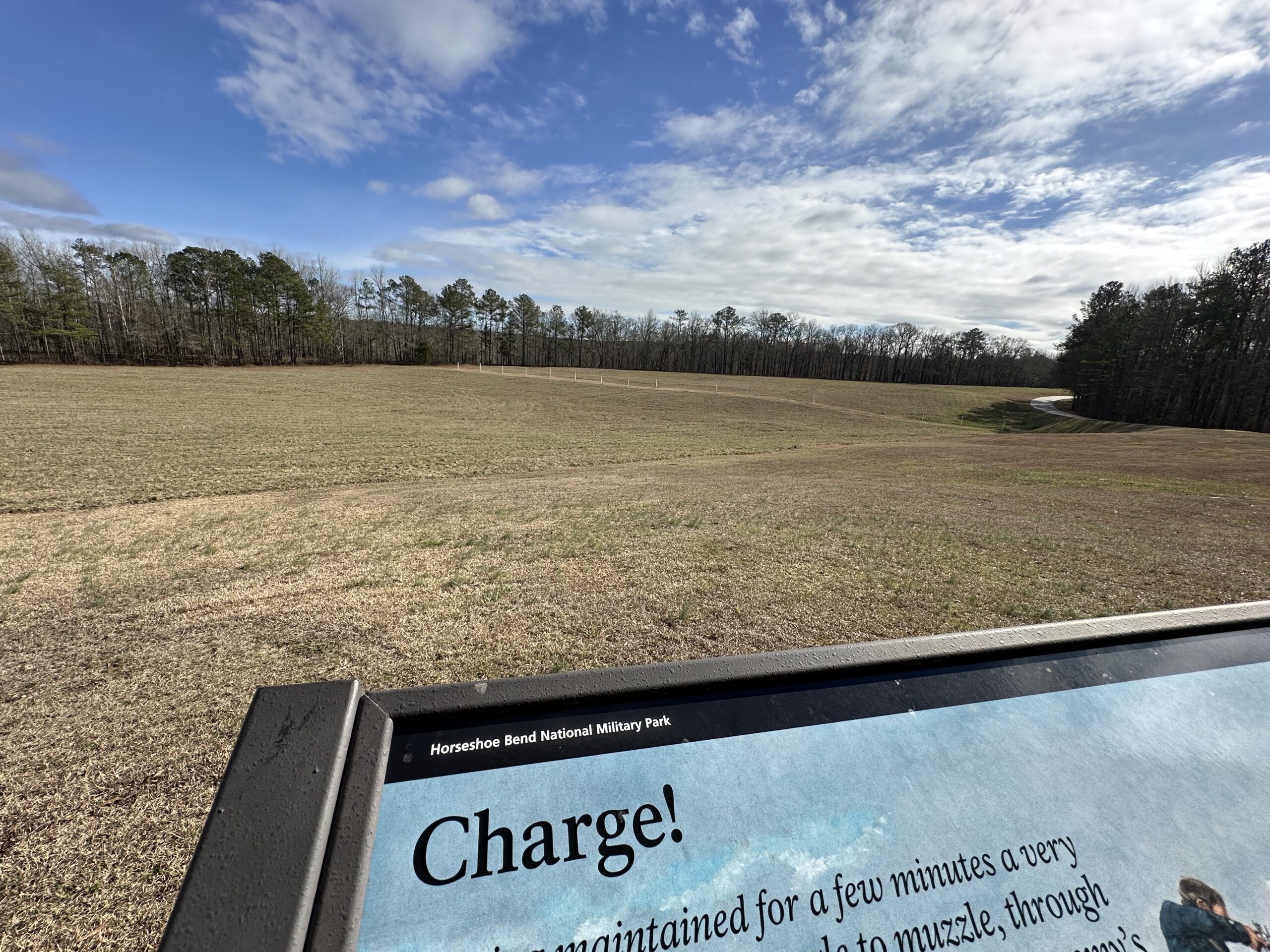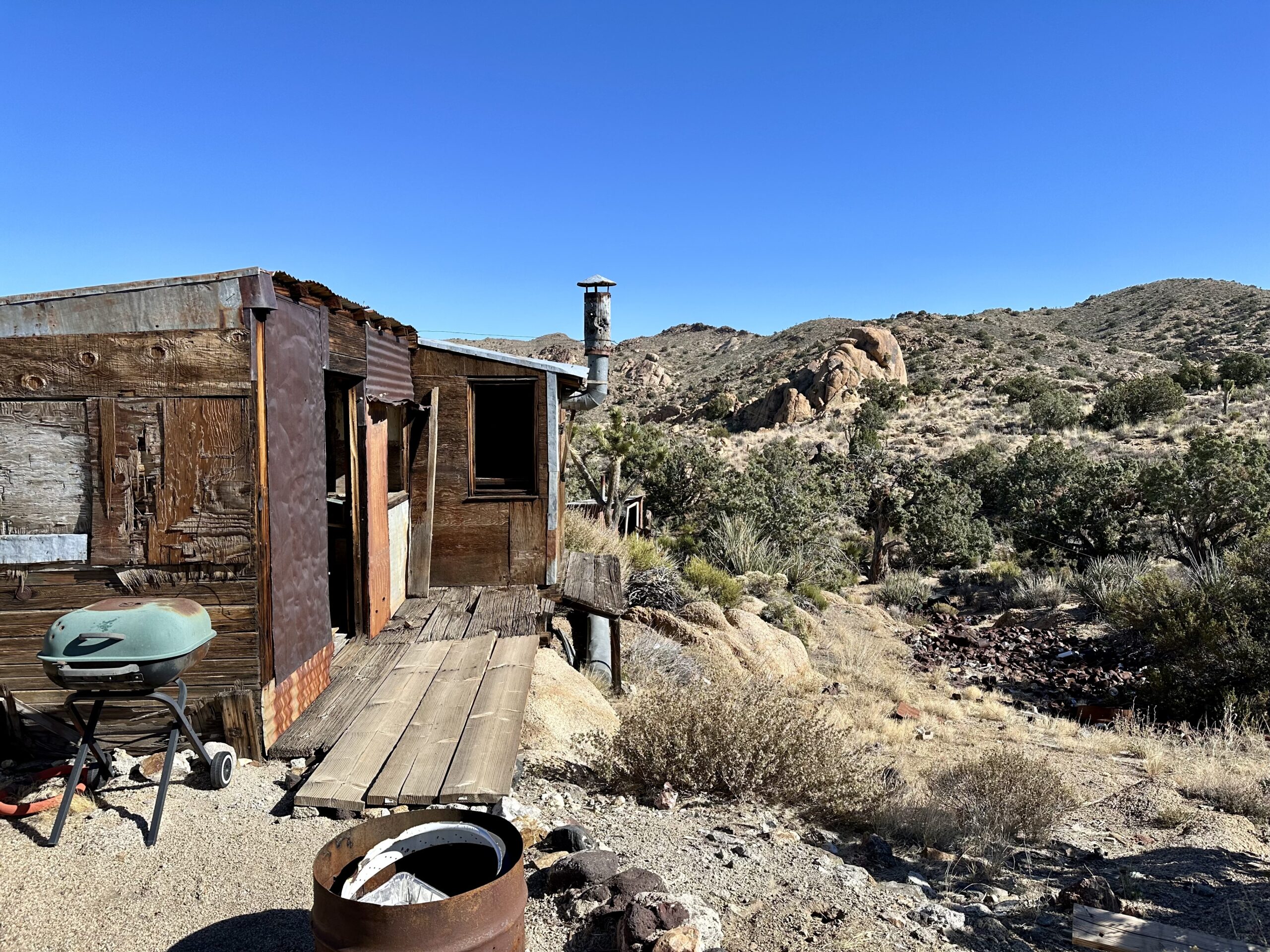We began our exploration of Texas in Big Bend Country, which begins at El Paso and continues west for about 400 miles, and south to the Mexican border. One of the first things we noticed is that the speed limit is 80 mph for the freeways in-between cities, which, for an RV is a rather ambitious feat.

As I’ve said before, Texas is a HUGE state! Our first night we made it to Van Horn, a little town right off the I-10 freeway. Nothing to see here, but we did have full hook-ups for the RV so we were able to put our new mini washing machine to use for the first time since we started this road trip. We found this on Amazon and it fits at the bottom of our clothes closet. It can do a week’s worth of underwear for both of us, or a load of 8-9 t-shirts at a time. We ended up also doing a third load of some towels and we were set after eight days on the road.

After our fun-filled night in Van Horn we headed south through Marfa to the town of Fort Davis. This area includes the Fort Davis National Historic Site and the Davis Mountains State Park. Along the way we saw what looked like a blimp tethered to the ground. It turned out to be a tethered aerostat radar system which provides low level radar surveillance for the southwest area along the border.

“The area around Marfa is known as a cultural center for contemporary artists and artisans.” – Wikipedia Several movie and TV productions have been filmed in and around the area, including the James Dean movie Giant, a Daniel Day-Lewis movie There Will Be Blood, and the Cohn brothers movie No Country For Old Men. We have been here before and find the town cute and quirky. Here are a couple of pictures from the area.


A short drive from downtown Marfa is the small town of Fort Davis and the entrance to the Fort Davis National Historic Site.

According to the National Park Service, “A key post in the defense system of west Texas, Fort Davis played a major role in the history of the Southwest. From 1854 until 1891, troops stationed at the post protected emigrants, freighters, mail coaches, and travelers on the San Antonio-El Paso Road. Today Fort Davis is one of the best remaining examples of a frontier military post. It is a vivid reminder of the significant role played by the military in the settlement and development of the western frontier.”




“From 1954 to 1961, troops of the Eighth Infantry spent much of their time in the field pursuing Comanches, Kiowas, and Apaches who attached travelers and mail stations. With the onset of the Civil War and Texas’s secession from the Union, the federal government evacuated Fort Davis. The fort was occupied by Confederate troops from spring 1961 until the summer of 1862 when Union forces again took possession.”











Second Lt. Henry O. Flipper of the Tenth US Cavalry was the first black graduate of West Point. He served at Fort Davis in 1880-81.





After spending time exploring the fort, we spent our first night at a Texas State Park. We were so impressed with their camping facilities that we ended up buying an annual pass for all the Texas State Parks. This park had partial hook ups (electric and water) at our site and a central dump station, which was exactly like the State Parks in Arizona. It was clean, the people were friendly, there was a lot of room between us and other campers, and it only cost us $25/night.


We saw this same flood gauge sign throughout western Texas.

It was still quite cold when we were here and we were so happy to have great heat in our RV to keep us warm all night long.
We head further south to explore Big Bend National Park in part 2 of Big Bend Country.





Hello !! Loads of History at Fort Davis! We thank you for all of the photos and captions….very informative! On another note, your washing machine really did a good job…you thought of everything!
Soon you will be in Louisiana. How are Frankie and Shiloh doing? The
After reading your last e-mail, Hans told me that he, too, was stationed in 1958-59 at Fort Davis….the Apaches never bothered him! Ha, ha , ha!
Have a great evening,
The Vegas Trio